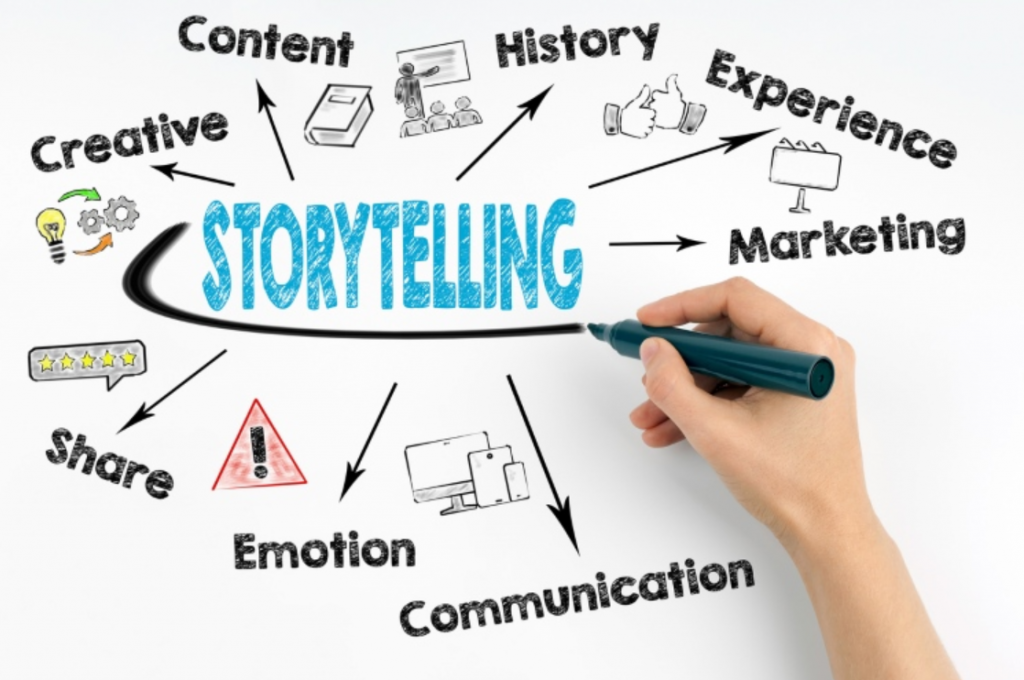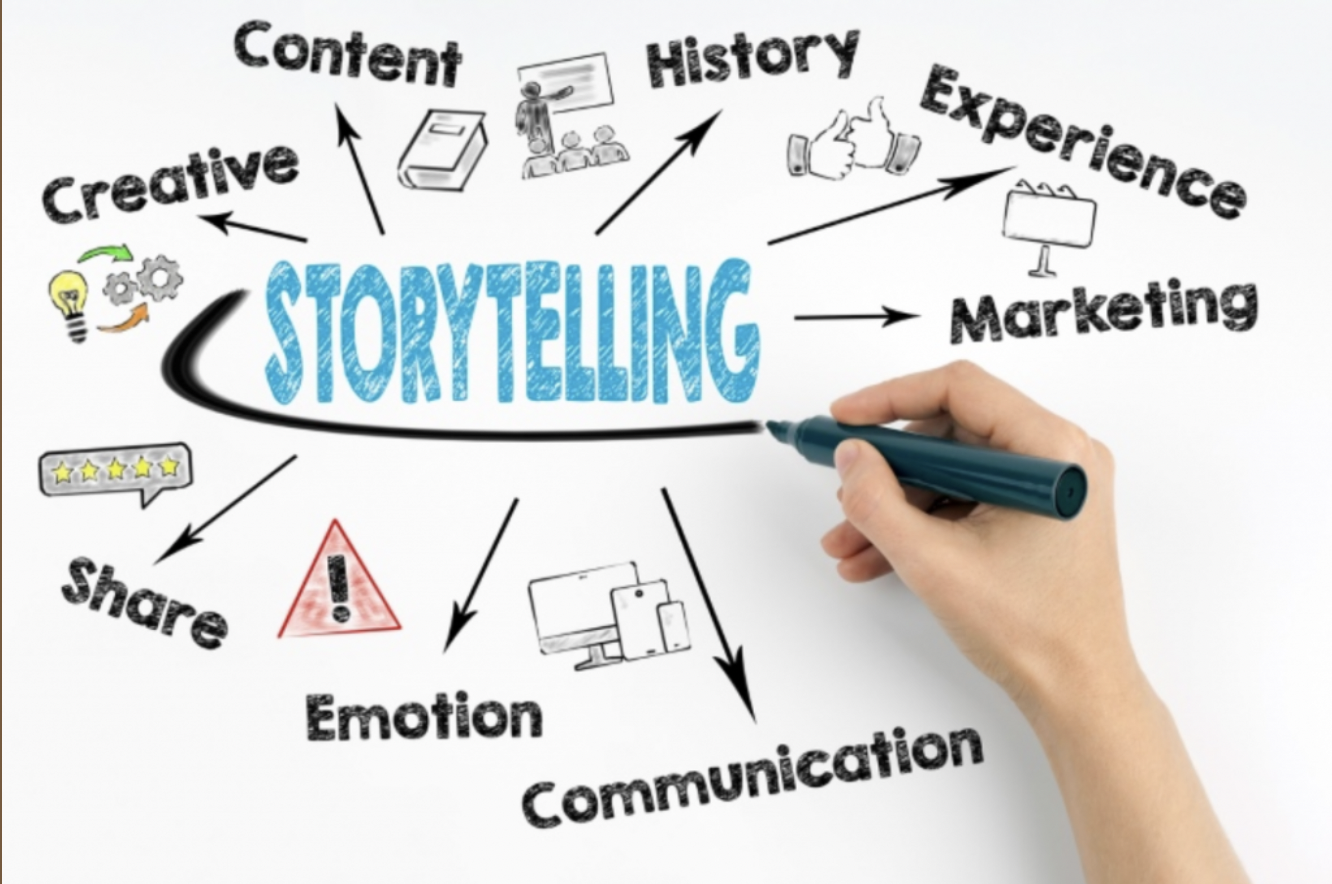
Enter the enchanting world of storytelling in advertising and discover the transformative impact of crafting compelling narratives. Stories have the power to captivate, inspire, and connect with audiences on a deep emotional level, making them a potent tool for brands to engage consumers and drive meaningful action. In today’s cluttered advertising landscape, storytelling sets brands apart by creating memorable experiences that resonate with viewers long after the ad is over. In this guide, we’ll explore the art of storytelling in advertising and share strategies for crafting narratives that leave a lasting impression on audiences.
1. Understanding the Importance of Storytelling in Advertising
Storytelling is more than just a marketing tactic—it’s a fundamental aspect of human communication and connection. Stories have been used for centuries to convey information, evoke emotions, and shape perceptions. In advertising, storytelling helps brands break through the noise and forge genuine connections with consumers by appealing to their emotions, values, and aspirations. Whether it’s a heartwarming tale of triumph over adversity or a humorous anecdote that brings a smile to viewers’ faces, storytelling creates memorable moments that resonate with audiences and leave a lasting impression.
2. The Elements of Compelling Narratives
Crafting compelling narratives requires attention to the following elements:
- Characters: Develop relatable characters that audiences can empathize with and root for. Whether it’s a protagonist overcoming challenges or a group of friends embarking on an adventure, compelling characters serve as the heart of your story.
- Conflict: Introduce tension or conflict to drive the narrative forward and keep viewers engaged. Conflict creates stakes and adds depth to your story, making it more compelling and memorable.
- Resolution: Provide a satisfying resolution that resolves the conflict and delivers a sense of closure or catharsis for viewers. The resolution should align with the brand’s message and leave audiences feeling uplifted or inspired.
- Emotion: Infuse your story with emotion to evoke empathy, empathy, and connection with viewers. Whether it’s joy, sadness, nostalgia, or hope, tapping into emotions creates a powerful bond between the brand and its audience.
- Authenticity: Be authentic and genuine in your storytelling, aligning the narrative with the brand’s values, identity, and voice. Authentic stories resonate with audiences on a deeper level and build trust and credibility for the brand.
3. Strategies for Crafting Compelling Narratives
To create impactful storytelling in advertising, consider the following strategies:
- Know Your Audience: Understand your target audience’s demographics, interests, and pain points to tailor your story to resonate with their needs and preferences.
- Start with a Strong Hook: Capture viewers’ attention from the outset with a compelling hook or opening scene that draws them into the story and piques their curiosity.
- Show, Don’t Tell: Use visuals, music, and sound effects to convey emotions and immerse viewers in the story without relying solely on dialogue or narration.
- Keep it Simple: Focus on a single, clear message or theme to avoid overwhelming viewers with too much information. Keep the story simple and focused to ensure maximum impact.
- Incorporate Brand Messaging Seamlessly: Integrate the brand’s message and values into the narrative in a subtle and natural way that enhances rather than detracts from the story.
- Test and Iterate: Gather feedback from test audiences or focus groups to evaluate the effectiveness of your storytelling and make adjustments as needed to optimize the impact.
4. Examples of Effective Storytelling in Advertising
Explore examples of brands that have mastered the art of storytelling in advertising, such as:
- Nike’s “Just Do It” campaign, which features inspiring stories of athletes overcoming obstacles to achieve their goals.
- Coca-Cola’s iconic holiday ads, which evoke feelings of warmth, togetherness, and nostalgia through heartwarming stories of friendship and sharing.
- Apple’s “Think Different” campaign, which celebrates the power of creativity, innovation, and individuality through compelling narratives of visionaries who have changed the world.
Conclusion
Storytelling is a powerful tool for brands to engage audiences, foster emotional connections, and drive action. By crafting compelling narratives that resonate with viewers’ emotions, values, and aspirations, brands can create memorable experiences that leave a lasting impression and build long-term loyalty. Ready to unleash the magic of storytelling in your advertising? Start crafting compelling narratives that captivate hearts, minds, and imaginations, and watch your brand soar to new heights of success.


Leave a Reply